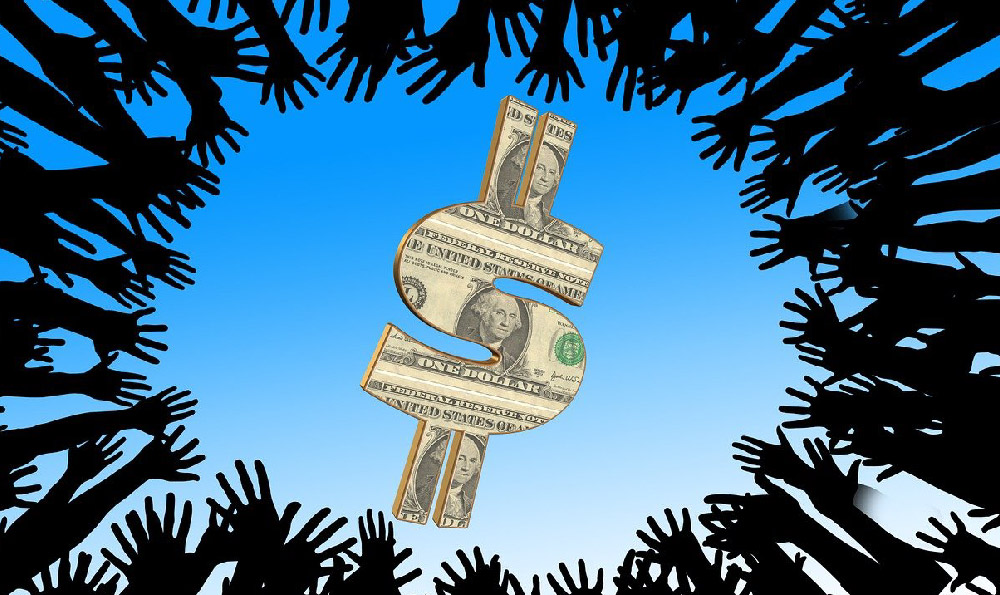Navigating the world as an artist often feels like walking a tightrope between passion and practicality. The romantic image of the starving artist, though prevalent, doesn’t have to be the reality. While artistic pursuits can be incredibly fulfilling, they also require a degree of financial literacy and strategic planning to ensure long-term sustainability. The question isn't whether creativity can pay the bills, but rather, how can artists leverage their skills and talents to generate a consistent and thriving income?
One of the most crucial steps is understanding the diverse income streams available to artists. Gone are the days when selling physical artwork was the only avenue. Today, the digital landscape offers a plethora of opportunities. Selling prints, merchandise, or digital downloads through platforms like Etsy, Redbubble, or Society6 can provide a passive income stream, allowing artists to earn money even while they sleep. These platforms handle the printing, shipping, and customer service, freeing up the artist's time to focus on creating new work. Consider creating high-quality reproductions of your best pieces and marketing them effectively through social media and targeted advertising.
Beyond physical goods, digital art itself can be a lucrative market. NFTs (Non-Fungible Tokens) have opened up a new world of possibilities for digital artists, allowing them to sell unique digital artworks with verifiable ownership on the blockchain. While the NFT market can be volatile, it offers the potential for significant returns, especially for artists who build a strong online presence and engage with their community. Research different NFT marketplaces, understand the gas fees involved, and consider creating limited-edition digital artworks or collectibles to attract buyers.

Another avenue to explore is commissioned work. Many individuals and businesses are willing to pay for custom artwork, illustrations, or designs. Build a strong portfolio showcasing your unique style and skill set, and actively seek out commission opportunities. Network with potential clients, attend industry events, and utilize online platforms like Fiverr or Upwork to connect with clients seeking artistic services. Clearly define your pricing structure, payment terms, and project timelines to ensure a smooth and professional experience.
Teaching and workshops are also viable options for artists to generate income. Share your expertise with others by offering online courses, in-person workshops, or private lessons. Platforms like Skillshare or Udemy allow artists to create and sell online courses to a global audience. Local art centers, community colleges, and schools often seek qualified instructors to teach various art forms. Teaching not only provides a steady income but also helps to refine your own skills and build your reputation as an expert in your field.
Diversification is key to financial stability as an artist. Relying on a single source of income can be risky, as market trends and client demand can fluctuate. Spread your efforts across multiple income streams to mitigate risk and create a more sustainable financial foundation. This could involve selling artwork online, taking on commissioned projects, teaching workshops, and exploring other creative avenues like graphic design, photography, or writing.
Beyond income generation, effective financial management is essential for artists. Track your income and expenses meticulously using accounting software or spreadsheets. Create a budget that outlines your monthly expenses and identifies areas where you can cut back. Save a portion of your income each month to build an emergency fund and invest in your future. Consider consulting with a financial advisor who understands the unique challenges faced by artists to develop a personalized financial plan.
Marketing and self-promotion are crucial for artists to gain exposure and attract customers. Build a strong online presence through a professional website and active social media accounts. Regularly share your artwork, engage with your followers, and participate in online art communities. Utilize email marketing to connect with potential clients and promote your work. Consider participating in art fairs, exhibitions, and local events to showcase your artwork and network with other artists and potential buyers.
Protecting your intellectual property is also paramount. Copyright your original artworks to prevent unauthorized reproduction or distribution. Register your artwork with the U.S. Copyright Office to establish legal ownership and protect your rights. If you're working on commissioned projects, ensure that you have a clear contract that outlines the ownership of the artwork and the usage rights granted to the client.
Finally, remember that building a successful art career takes time, effort, and persistence. Don't be discouraged by setbacks or rejections. Continuously refine your skills, experiment with new techniques, and stay true to your artistic vision. Surround yourself with a supportive community of fellow artists and mentors who can provide encouragement and guidance. Embrace lifelong learning and stay informed about the latest trends and opportunities in the art world. By combining your creative talents with sound financial planning and strategic marketing, you can thrive as an artist and create a fulfilling and financially sustainable career. The starving artist myth is just that, a myth. With dedication, business acumen, and a passion for your craft, you can indeed pay the bills and build a thriving career in the arts.












